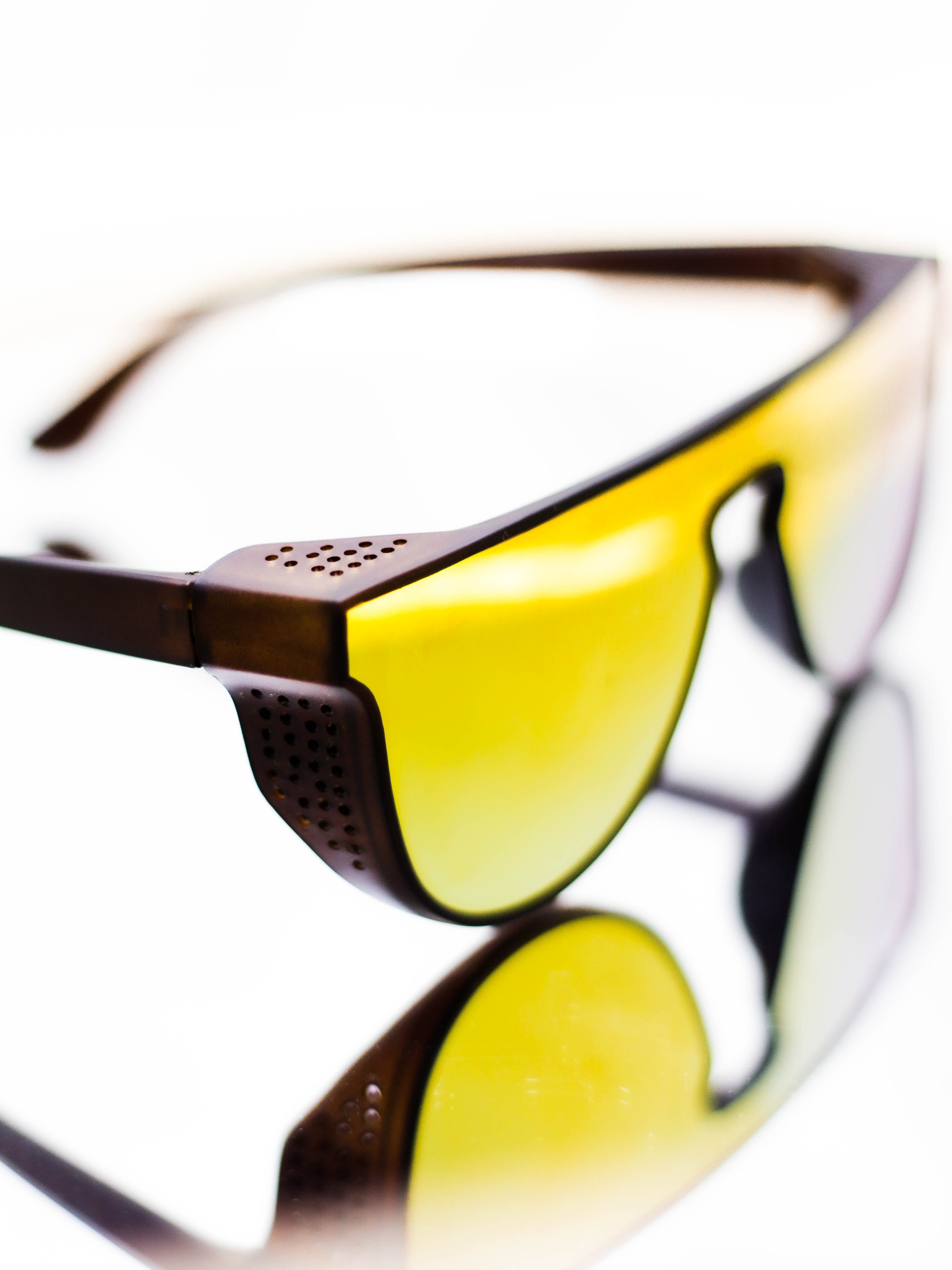Health and safety is an area where the benefits of digital technology aren’t just about improving lives - they’re about saving them.
The ability to share real-time information is transforming the way we’re able to monitor and manage the welfare of our fieldworkers.
And over the past decade, as safety systems and equipment have been introduced, the number of work-related fatalities has dropped from 247 in 2016 to a current level of 142.
While it’s still 142 too many, it provides a glimpse of the potential we have to use technological innovation to raise the bar for health and safety standards.
Here’s a look at some current, future shaping pieces of technology for mobile worker safety:
- Drone 'swarms'
- Live-stream video
- Internet of things
- Exoskeletons
- Virtual reality
Drone ‘swarms’
The use of drones to carry out site inspections is already an established practice. But the majority of these drone operations are currently handled manually, the next stage is for AI controlled devices.
Italian highways company, ANAS, is one of the organisations currently looking into the potential of creating synchronised teams of drones that can provide real-time monitoring across vast areas.
These ‘swarms’ of self-operating drones would provide constant safety monitoring - able to identify hazards instantly and alert workers via a cloud connection. You can find more information on the plans here.
Live-stream video
Body cameras are commonly used to help protect police and emergency service workers during any interactions with the public. But their primary purpose is as a recording device.
A new generation of systems, such as Zepcam T1 Live bodycam, are designed to provide live-stream footage. It allows a remote operator to see exactly what the mobile worker sees.
This could prove invaluable when used as a safety tool with remote managers able to offer expert advice and to ensure that all proper safety protocols are being followed.
Internet of things
The ‘internet of things’ describes the way that data connectivity enables objects to ‘talk’ to each other. Some of the best examples of how this can benefit society are to be found with worker safety.
Safelane and Pillar Technologies are two companies that are exploring ways of integrating data monitors and sensors into the clothing, objects and tools used by mobile workers.
By collating shared data from a multitude of devices, it creates a working environment in which every aspect of safety is being monitored from the fatigue of workers to the levels of noxious gases.
Exoskeletons
The development of exoskeletons and power-assisted suits to reduce the stress and strain on manual workers has really started to gather momentum. Ford has been carrying out trials, using technology developed by Ekso Bionics.
The devices reduce muscle fatigue and help to minimise injury risks by ensuring that workers maintain proper body posture. With lightweight designs, around 9.5lbs, they’re designed to be used by mobile workers when carrying out a range of manual tasks.
As well as providing physical protection, exoskeletons provide will be fitted with a range of biometric monitors to constantly check the health and safety of workers.
Virtual reality
Virtual reality has the power to revolutionise the way health and safety training is delivered. The use of VR headsets and simulation software allows employees to gain first-hand experience of handling hazardous situations.
Construction company Skansa is one of the early adopters of this technology, using a VR room to immerse trainees in various workplace environments where hazards can be safely recreated.
As well as allowing workers to practice safety procedures, the data collected from trainees can also be used to identify risks and improve safety protocols.
.png?width=1161&height=159&name=Asolvi-hex-logos-2023-baseline-final-BA_MyMobileWorkers%20(1).png)

